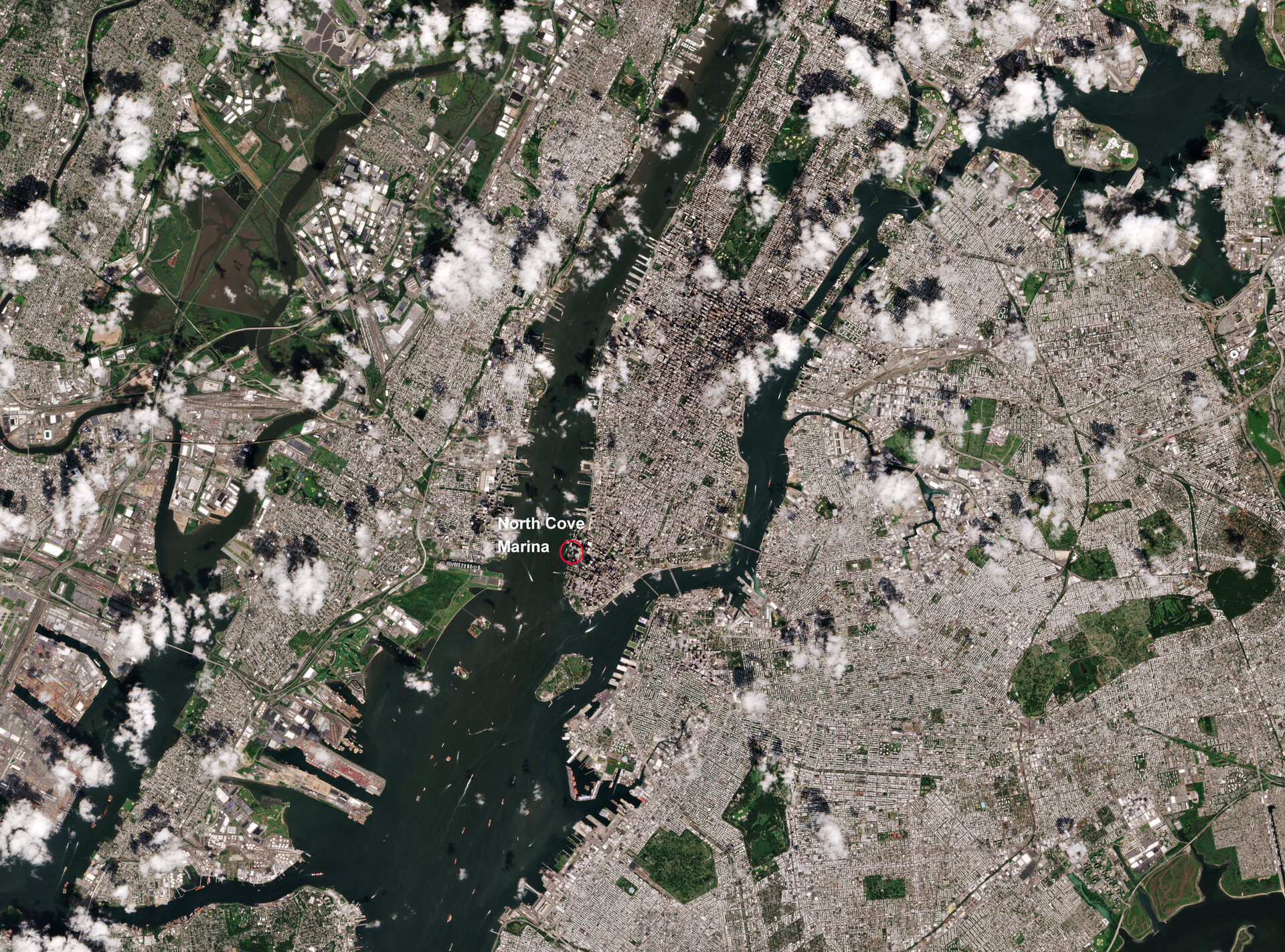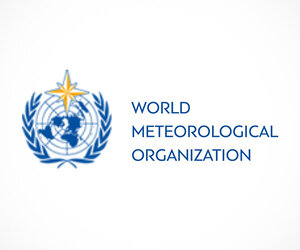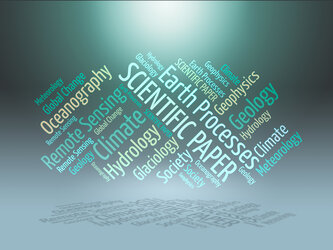Greta Thunberg arrives in New York for UN Climate Talks
Climate campaigner Greta Thunberg has arrived in New York after a two-week sail across the Atlantic, ready to attend the United Nations Climate Action Summit at the end of September.
Greta completed the journey aboard the Malizia II, an 18-metre racing yacht fitted with solar panels and underwater turbines that generate electricity, making her journey carbon-free. Greta, who has been nominated for a Nobel Peace Prize, refuses to fly owing to the carbon emissions from aircraft travel.
The Malizia II is skippered by renowned German sailor Boris Herrmann and by Pierre Casiraghi, the grandson of Princess Grace Kelly. The yacht set sail from Plymouth, UK, on 14 August.
Greta, who is just 16 years old, rose to fame when she started her school strikes outside the Swedish parliament in August last year to protest against the lack of action on the climate crisis. She has since inspired thousands of other young activists around the globe to call for change.
The United Nations talk will be attended by world leaders, who have agreed under the Paris Agreement, to limit global temperature rise well below 2°C and tackle issues related to climate change.
The impacts of climate change are currently being felt across the world. It is having an undeniable effect on our oceans, land surfaces, ice caps and weather patterns across the globe, making it one of the most pressing challenges humankind faces today.
In order to tackle climate change, scientists and governments need reliable data in order to understand the complex interconnected processes of the Earth system and how they cause changes to our planet. By using Earth observation from space, we can monitor global environmental change not possible with other techniques. Earth-observing satellites provide the big picture, collecting data globally over decades, to understand climate change and provide the hard facts for decision-makers.
From high above, satellite instruments take the pulse of our planet. Measurements of Earth’s changing temperature, sea levels, atmospheric gases, declining ice and forest cover for example, are one of the main ways of providing the scientific community with the data they need to improve our understanding of the Earth system and predict its future.
ESA’s Climate Change Initiative, for example, focuses on generating global datasets that span decades for the key components of Earth’s climate – known as essential climate variables or ECVs.
There are now 23 ECVs developed by the Climate Change Initiative, almost half of all the variables specified by the Global Climate Observing System, the organisation that coordinates global monitoring from space and Earth-based climate monitoring networks for the United Nations Framework Convention on Climate Change.
As Greta continues her quest to draw attention to the climate crisis, ESA’s Director of Earth Observation Programme, Josef Aschbacher, said, “We congratulate Greta on her journey across the Atlantic. It is of paramount importance that the issue of climate change is addressed and we at ESA, as well as our partners, work extremely hard to ensure that our fleets of satellite missions deliver accurate facts to understand and monitor the effects of climate change, so that, in turn, appropriate policies can be put in place to safeguard our planet for future generations.”
Arrived. #unitebehindthescience #teammalizia #aracewemustwin #gretathunberg #FridaysForFuture pic.twitter.com/v115Hy0qR9
— boris herrmann (@borisherrmann) August 28, 2019









